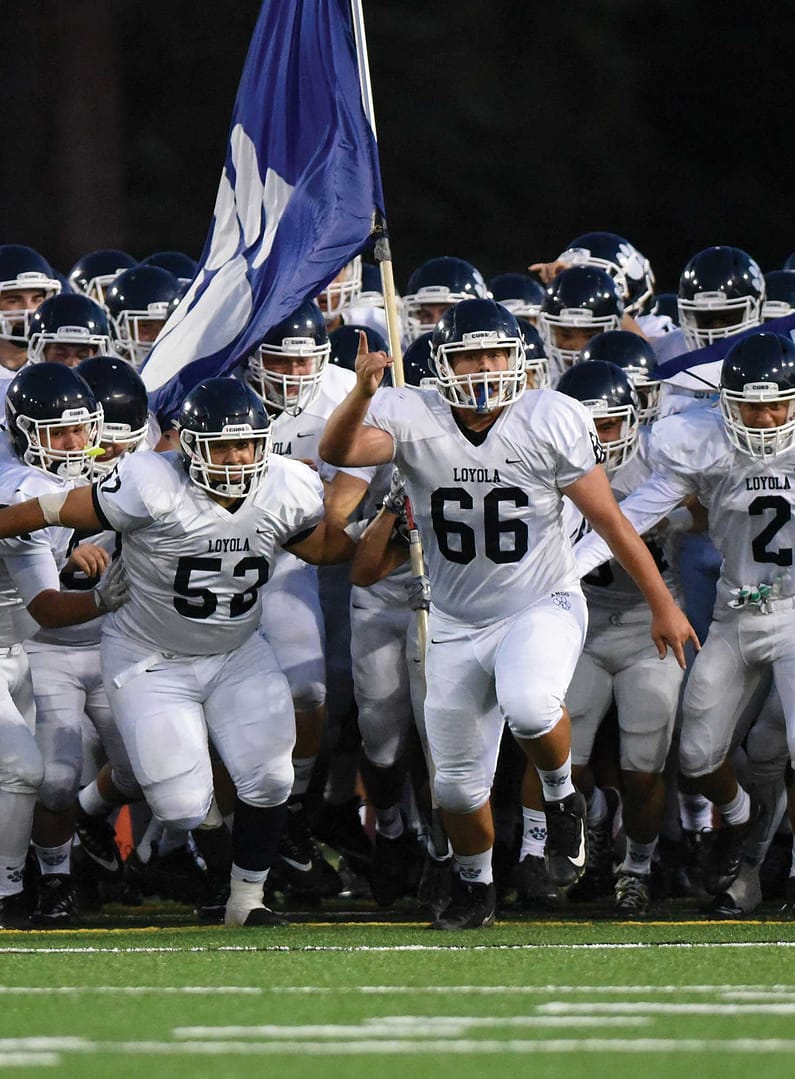After the killings of Breonna Taylor and George Floyd, nationwide civil unrest has caused Americans to have a serious conversation about racial inequality. A discussion on the existence of systemic racism has created a division between those who deny it and those who accept it.
Systemic racism is the result of institutions placed within a society that affect people differently based on their race. Examples of systemic racism can be found in schooling, workplaces, and in our neighborhoods such as restrictions from access to loans or affordable housing.
Policing is a present-day example of systemic racism because predominantly black neighborhoods have a higher police presence than white neighborhoods and black criminals receive 20% longer jail sentences compared to white offenders of the same crime.
Furthermore, disproportionate police presence in black communities has caused police to inherit implicit biases, decisions founded on subconscious prejudices, based on race. Implicit bias can account for the disproportionate murder rates of whites by cops versus blacks by cops since black people are 3.5 times more likely to be killed by police than their white counterparts.
Additionally, a study conducted by Joshua Cornell, a psychologist at the University of Colorado at Boulder, found that officers in training situations kill unarmed black people more often than armed white people. The bias here is that cops are more likely to refrain from shooting a white person in an altercation than they are with a black person in an altercation.
This study relates to the explosion that came after the killing of George Floyd and Breonna Taylor, which has caused Americans to respond to the new question of systemic racism with protests. These protests immediately increased tensions between the general public which then has led to riots. Riots have highlighted the anarchist ideology of Antifa.
While Antifa touts itself as an anti-establishment and anti-fascist ideology, not an organized group, right-wing media says that Antifa is an anti-American terrorist organization. The threat of Antifa has been used to discredit much of the work done by BLM protests. If people have more of a problem with property damage and Antifa than with America’s long history of racism and discrimination, then who is truly anti-American?
Either way, the splitting of American media has not stopped Americans from supporting BLM. A study done by the Pew Research Center found that 67% of adults support BLM in some way, and 70% have had a conversation about BLM in the past month. Also, 55% of adults still support rallies.
While race used to be such a taboo topic, the subject of racial inequality has found its way into the classroom. Loyola has even taken the initiative to bring this discourse here to our school. Many teachers have dedicated class time to talking with students about how real racism is today and to listening to how those in the classroom see and feel racism in their own experiences. Jamal Adams, basketball coach, social science teacher, and Director of Equity and Inclusion, has become the catalyst for some of these conversations here at Loyola.
For instance, he organized and hosted after-school Zoom calls like June’s “Say Their Names,” an organized reflection period where Cubs got to talk about the past few of months and how the presence of race in our media has affected them.
Most importantly, in these past months racism has become one of the most talked about topics in all of the mediums of American life. This ever-expanding topic should be important to you, and you should dig deeper than just listening to what peers say. We should each create our own personal understanding of racism. But one thing, no matter what, will be true: This will be the turning point in American racism. Whether you can see the light at the end of the tunnel or not, involve yourself in one of the most important moments in American history.







Comments are closed.